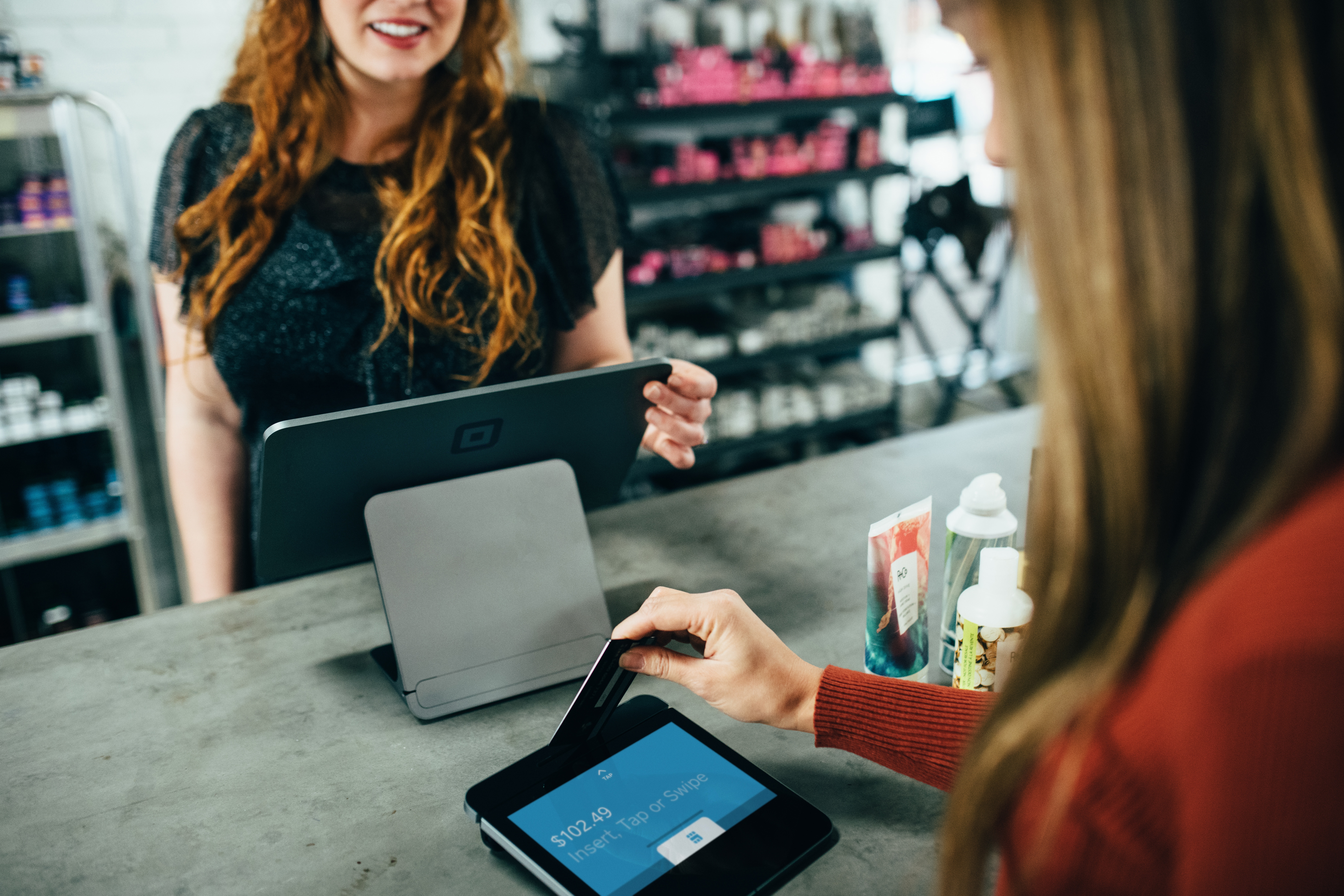Originally posted on Retail Focus.
Despite the massive hype we’ve had around Black Friday in the last few years, 2018 turned out to be a disappointing year for high street sales. While the number of shopping transactions had increased slightly, the overall value of spending fell 12% on the previous year.
With a no-deal Brexit still a possible outcome and signs of a global downturn, there are growing concerns that shoppers are once again set to batten down the hatches and avoid big spending sprees.
So, what can the high street do to ensure Black Friday starts to live up to hype once again? Here are five creative strategies retailers should consider:
- Deliver stand out digital shopping experiences
Given the appeal of online discounting to consumers, retailers need to make trips to the high street something different and exciting rather than trying to compete with online retailers on the same terms. This could be done with better, more engaging use of digital technology in retail stores such as rich displays, integrated data profiles for in-store shopping, or even fun physical experiences through AR/VR; cosmetics retailer Sephora’s augmented reality ‘Magic Mirrors’ are a great example. These experience-led initiatives will be even more powerful when twinned with exclusive in-store promotions and discounts that encourage online shoppers to head for the high street. Around this period, retailers need to pay close attention to what the online channels are doing to see if they can respond tactically within their own stores.
- Sell more aggressively in December
Another possible way to counter the downturn is to invest more in driving December sales (thus boosting overall Q4 figures). Retailers should keep in mind that sales in Christmas 2018 also dipped, so it’s important not to be so obsessed with competing in November that December sales suffer. This is where clever promotions targeting those shoppers who are put off by the whole Black Friday concept or who are simply too busy to take advantage, arguably come into their own.
Closer collaboration with manufacturers and suppliers and better understanding of user shopping data and behavioural patterns may help high streets devise more effective product launch patterns throughout the quarter. As we build deeper and more valuable data-based understanding of customers, there are opportunities for retailers to partner with complementary brands and look at innovative ways to provide compelling experiences linked to shopping. For example, sportswear stores teaming up with local gyms to offer tailored membership discounts, or clothing retailers offering a free coffee at a nearby chain to shoppers who buy a scarf and hat combo.
- Avoid extended discount periods
Online discounting took place throughout November last year, according to the British Retail Consortium – impacting negatively on high street sales across the entire month. What this means is that brands need to think creatively in order to defend or even grow their market share. A key part of this is balancing effort with reward – why would someone leave their comfortable sofa when they can get the same experience at home? Traditionally, this has been because consumers could get discounts in store that they couldn’t get online. The smart retailer will look to retain that advantage but use digital to enhance rather than replace the offering. One key attribute of online shopping is that consumers tend to focus on the things they want rather than being influenced by impulse buys. Retailers who match digital price offerings in store, while also deeply discounting impulse buys of stock they want to shift, can recreate the fun of bargain hunting around holiday season discounts that has started to disappear since the shift to online commerce.
- Partner with local government
Retailers should work closely with local councils to devise joint initiatives for boosting footfall on the high street. For example, high parking/public transport charges are a major disincentive, so there is an argument for dropping them for a day. Councils could also orchestrate some joint marketing initiatives with the high street. Food sales don’t suffer as much on Black Friday as it’s a physical shopping experience that can’t be replicated online, so could high streets run food festivals on Black Friday and maybe encourage retailers to offer discounts/promotions in tandem?
- Think ahead to 2020
According to some economic forecasts, Black Friday 2020 could be just as challenging for the High Street as the previous two years, so it’s worth planning ahead. The good news is that retailers don’t have to rely solely on the Black Friday/Cyber Monday weekend to drive sales in November. Singles’ Day (11 November) is increasingly becoming an increasingly important date in the retail calendar too. According to McKinsey & Co, Singles’ Day drove sales of over £34bn last year, the biggest shopping spree the world has ever seen. After all, as a light-hearted ‘anti-Valentine’s Day’, Singles Day has a cultural core which lends itself to promotional and branding exercises whereas Black Friday is simply a hard sell.
The high street retailers which have successfully capitalised on Singles Day have been those which have created a physical experience around a store visit – linking shopping to entertainment, events, pop ups and games (recognising that consumers will go out if you give them a compelling reason to do so). The smart move is then to link that back, through data integration to the physical or digital shopping experience whether on or offline.
It’s almost inevitable that conditions are going to be tough on Black Friday this year. The high street retailers which continue to thrive will be those that can think holistically and creatively about the opportunities around events like these and use digital technologies to transform the in-store experience.


